The Forth and Clyde Canal is steeped in history and has a rich and fascinating industrial heritage.
Here’s information on how the waterway came to be and how it has changed over the last 200+ years.
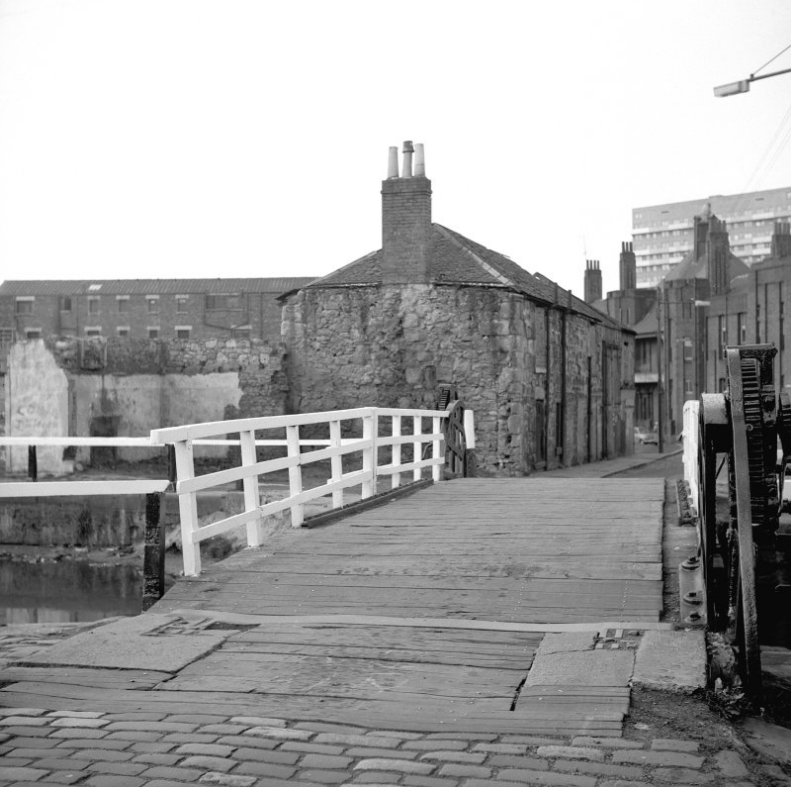
The makings of the canal
The idea of connecting the firths of Forth and Clyde by canal was first mooted in 1724 by the author of Robinson Crusoe, Daniel Defoe.
Nearly 45 years later, the advance of innovation and industry across Scotland increased the need for an efficient inland transport system and construction work started at Grangemouth in June 1768. It finally opened in July 1790.
The Forth and Clyde Canal was the world’s first man-made sea-to-sea canal and the biggest single construction venture undertaken in Scotland at the time, with the aim of opening up transport and trade links into the city.
Bustling commercial hub
It wasn’t long before the 35-mile long waterway was at the heart of industries flourishing between its gateways at Grangemouth on the east coast and Bowling on the west coast, as well as along the three mile spur into Glasgow.
The canal and surrounding area was at the heart of industrial development and had become a bustling centre of commerce, home to textile mills, chemical works, granaries, glassworks, glue works, iron foundries, power stations, engineering works and whisky distilleries, including the biggest in the world at the time.
In 1859, a brick chimney was built at Port Dundas and at 454 feet was the tallest chimney in the world at the time. By this point around 3 million tonnes of goods and 200,000 passengers were being carried on the Forth and Clyde Canal every year.
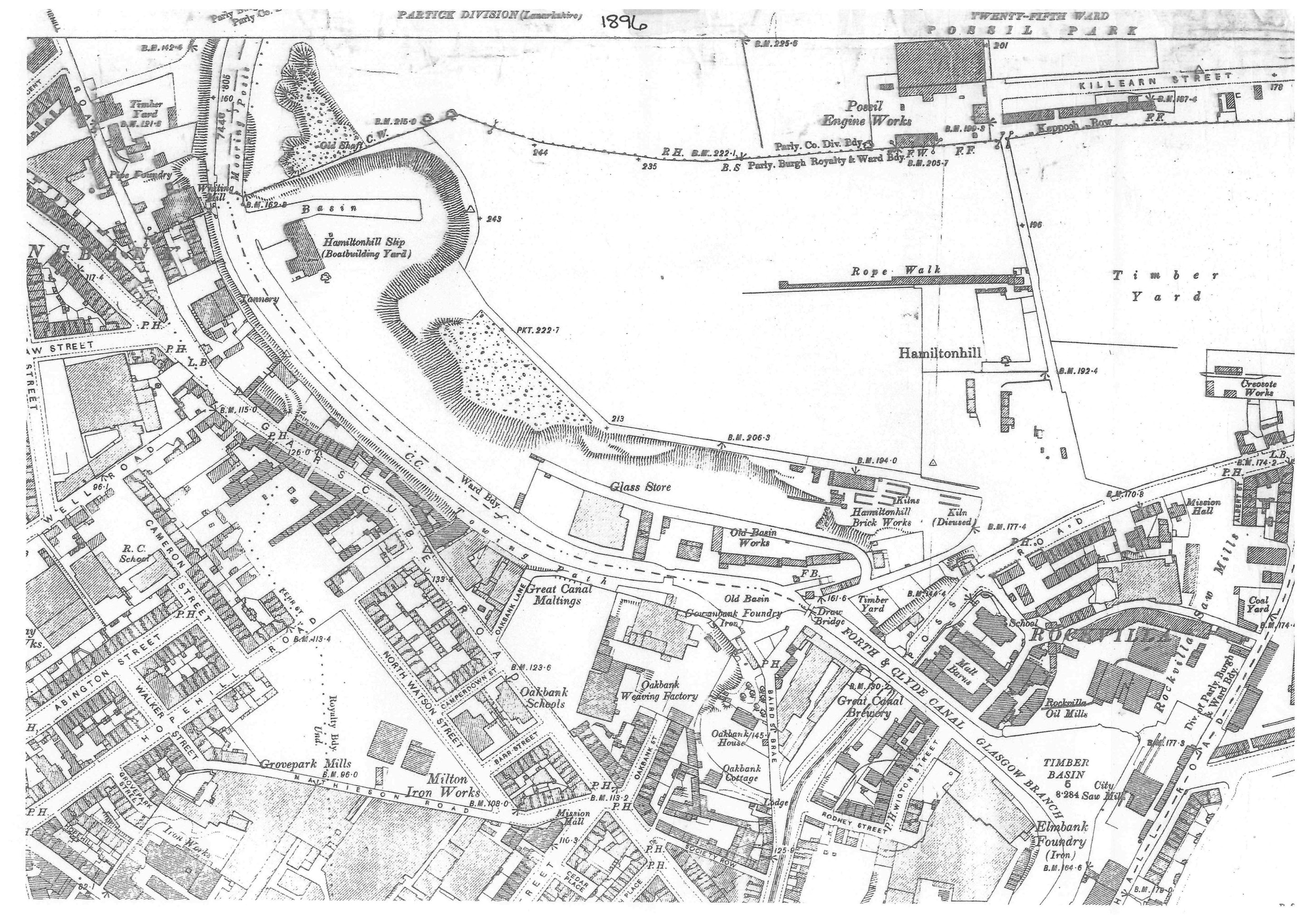
In 1900, the coal-fired Pinkston Power Station was built to generate electricity for the Glasgow Corporation Tramways network. The tallest in Europe and visible for miles around, it was painted in camouflage colours during the Second World War so that it wasn’t such a useful navigation aid for the Luftwaffe.
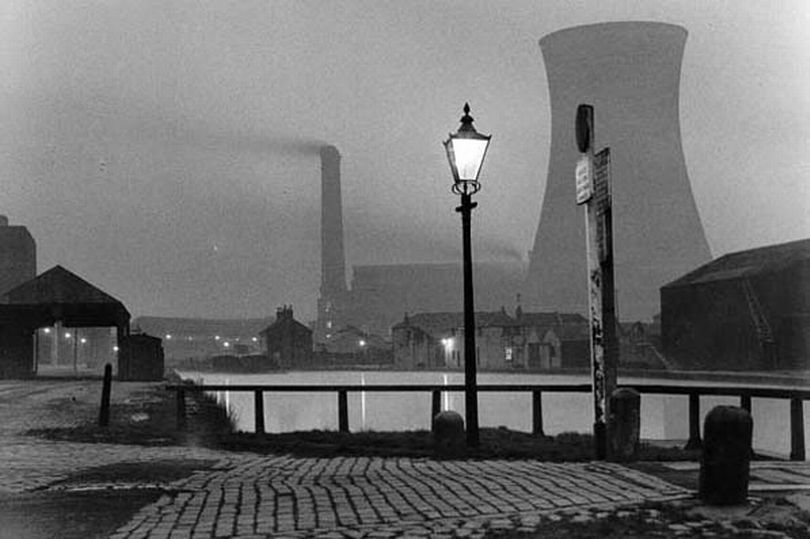
The water in the basins was once warm thanks to the overflow from the power station. The basin is now home to Pinkston Watersports Centre.
Changing canal
The Glasgow Canal area has a rich social heritage, reflecting the legacy of the construction and operation of the canal – the navvies who built it, the wide range of ships and boats and the people who operated these, the range of industry and people working in these, the role of the canal in the construction of Glasgow as an industrial powerhouse, as well as the changing population living around the canal area.
Sadly industry in the area declined through the 20th century and the canal was closed to navigation in 1963. In the 1970s the M8 motorway was constructed to the south of the canal, cutting the area off from the rest of the city.
Industrial decline, loss of jobs and increase of vacant and derelict land had a significant impact on the communities.
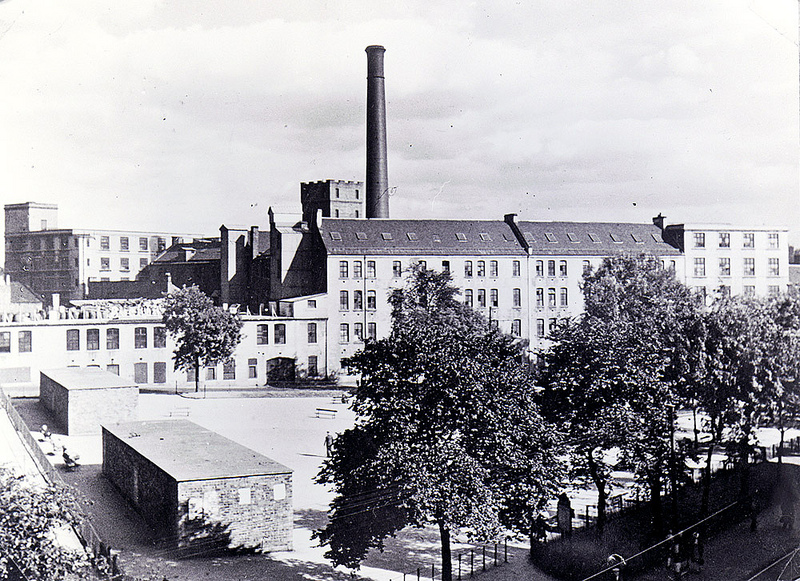
Canal renaissance
The 21st Century has seen a renaissance for the canal with the Forth and Clyde and Union canals being reopened between 2000 and 2001 through the £84.5m Millennium Link Project, which was the largest canal restoration in the UK at the time.
Since then, the Port Dundas branch has been reconnected from Stockingfield Junction to Pinkston Basin by constructing a new section of canal incorporating two locks.
The first lock and neighbouring basin were opened in 2006 and since then there has been a growing momentum of change in the area driven by cultural, sports and social initiatives.
The economic crash of 2008 meant that large scale development plans for the area were scrapped. Warehouse and building space in the area became more affordable to rent and attracted the interest of artists and creative producers.
Around the same time, Glasgow City Council were engaging with communities and stakeholders around the canal corridor which provided further momentum and reinforced the opportunity for regenerating the canal.
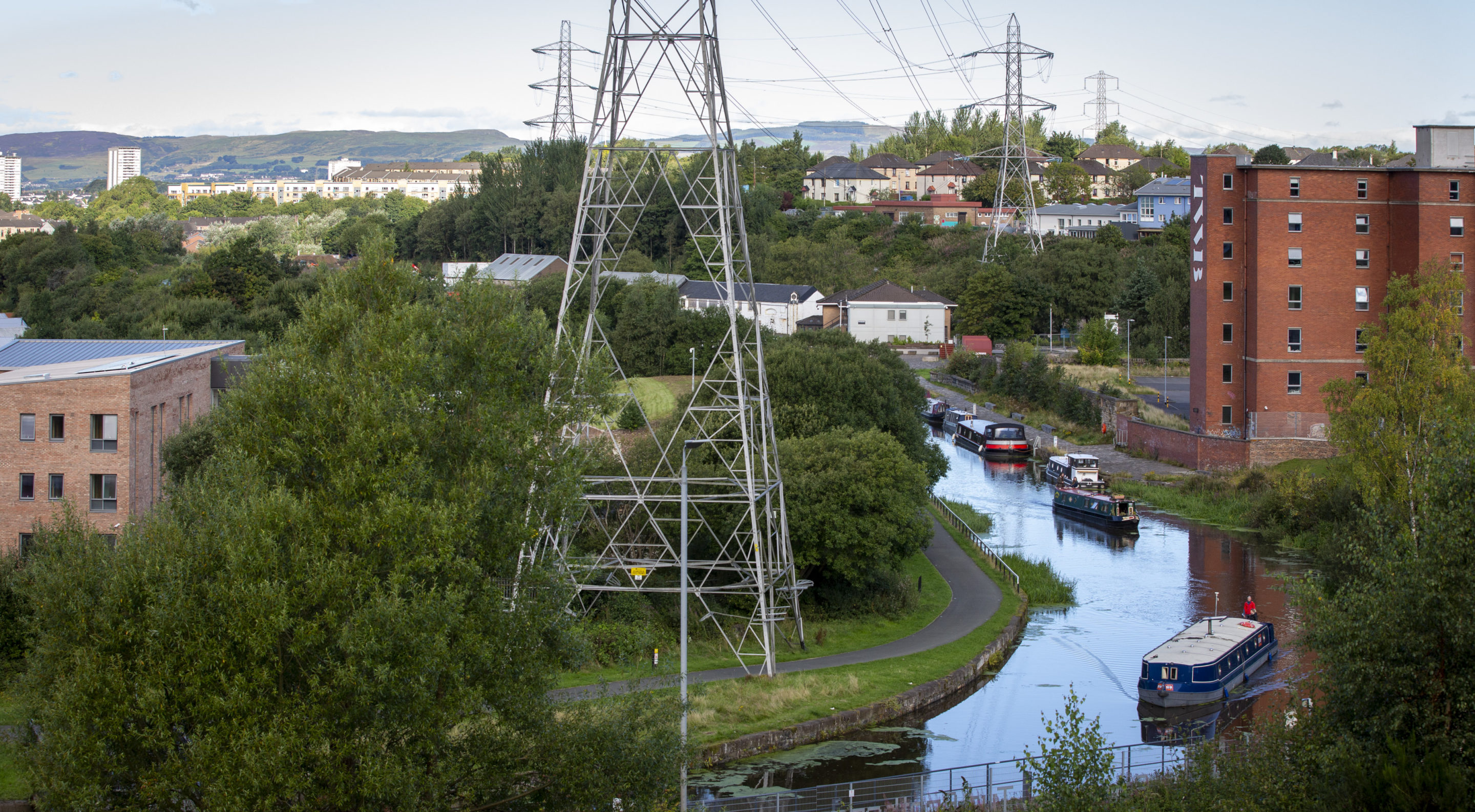
In addition, the formation of the Glasgow Canal Regeneration Partnership, a multi-agency partnership team, has continued to provide a strategic steer in terms of developing the North Glasgow canal corridor as a place for people to live, work and play.
The canal-side creative cluster has seen notable growth over the past 10 years. By 2010, Scottish Opera had established their Production Studios on Edington Street and the Royal Conservatoire followed suit, opening neighbouring studios on the opposing block.
The Whisky Bond opened in 2012, with Glasgow Sculpture Studios as anchor tenant, providing a hub for creative businesses. This has furthered the appeal of the canal as a creative destination for designers, artists and makers embedded by the presence of Civic House, The Glue Factory, Grey Wolf Studios and the National Theatre of Scotland.
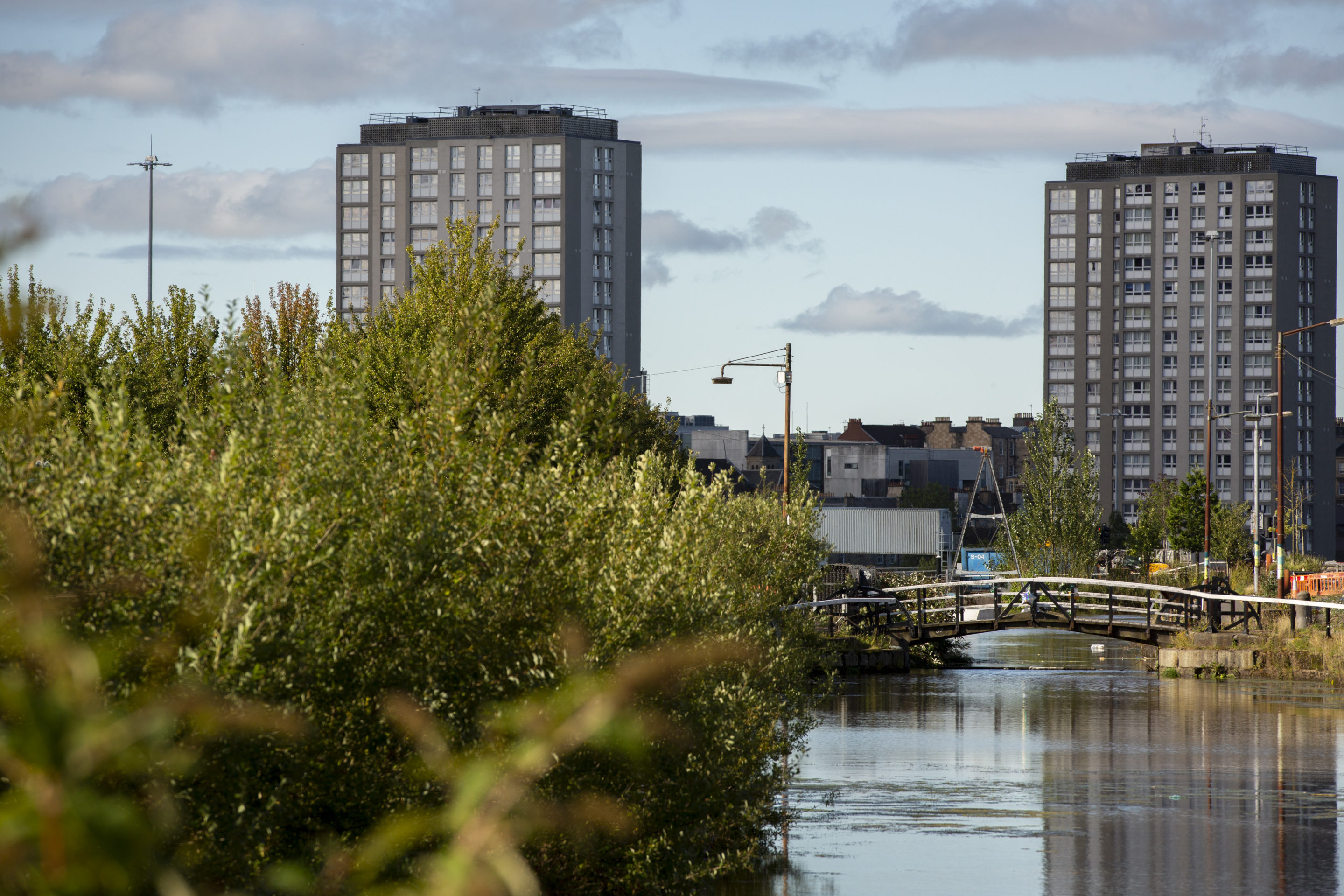
In Spring 2014, Pinkston Watersports was established with Glasgow Wake Park coming on board soon after.
With the Glasgow Kayak Club based at Firhill Basin and The Loading Bay Skatepark recently opening this has created a unique concentration of sports activities on the canal.
The future of the canal
Over the past six years a number of public consultations have taken place, giving local people an opportunity to share their thoughts and aspirations for the canal area.
Many good ideas have supported the creation of the numerous infrastructure regeneration projects which have taken place during this period.
The progress of many projects can be seen in Glasgow’s urban nature reserve, the Claypits, the refurbishment of a canal-side building Canal Basin House, new housing overlooking Firhill Basin bringing new communities to the canal, additional cycle paths and the new Garscube pedestrian bridge, just north of Applecross Basin. The bridge connects the east and west side of the canal, facilitating greater access for surrounding communities and canal users.
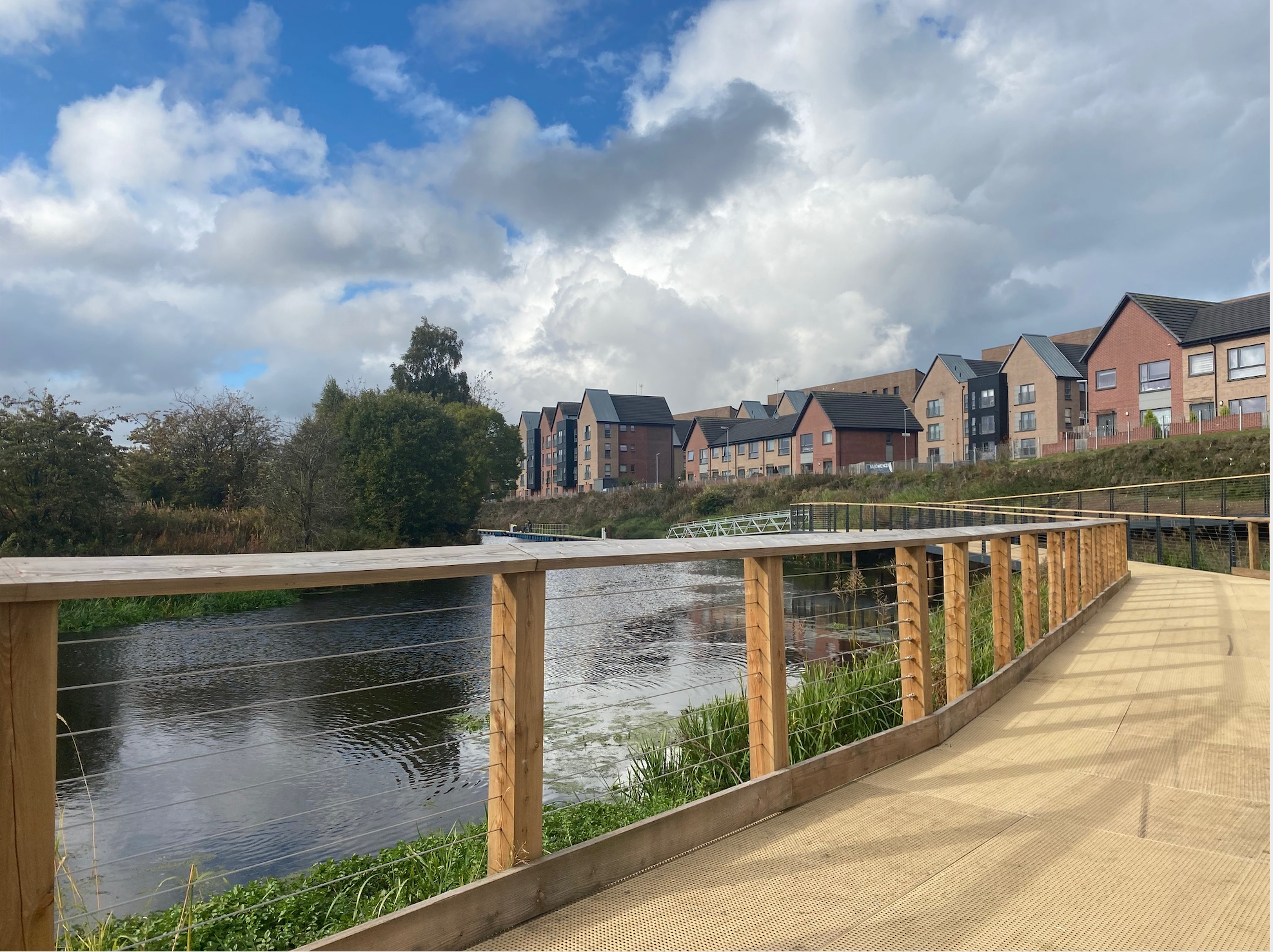
The prominent housing development North Bridge, east of Port Dundas, is underway and there are new health centres located near the waterways, including Possilpark and Woodside. There is increasing evidence and understanding as to the value of the canal as a green space which supports mental health and wellbeing.
Community regeneration
Regeneration projects around the Glasgow Canal have focussed on reinvigorating the tangible and intangible heritage of the area and making the canal more accessible to all.
The canal is a scheduled monument which is of national importance and synonymous with Glasgow’s industrial past. The canal waterspace and toll paths function as a corridor of natural heritage, with the surrounding area having a wealth of architectural and historic assets.
The Glasgow Canal Co-op was formerly constituted in February 2018 with the aim of establishing a model by which organisations based around the Forth and Clyde Canal between Port Dundas and Firhill Basin in north Glasgow could work together.
The Glasgow Canal Co-op members are committed to supporting the canal’s potential for social, cultural and economic growth by providing a platform for knowledge sharing and accessing funding to support further partnership working.
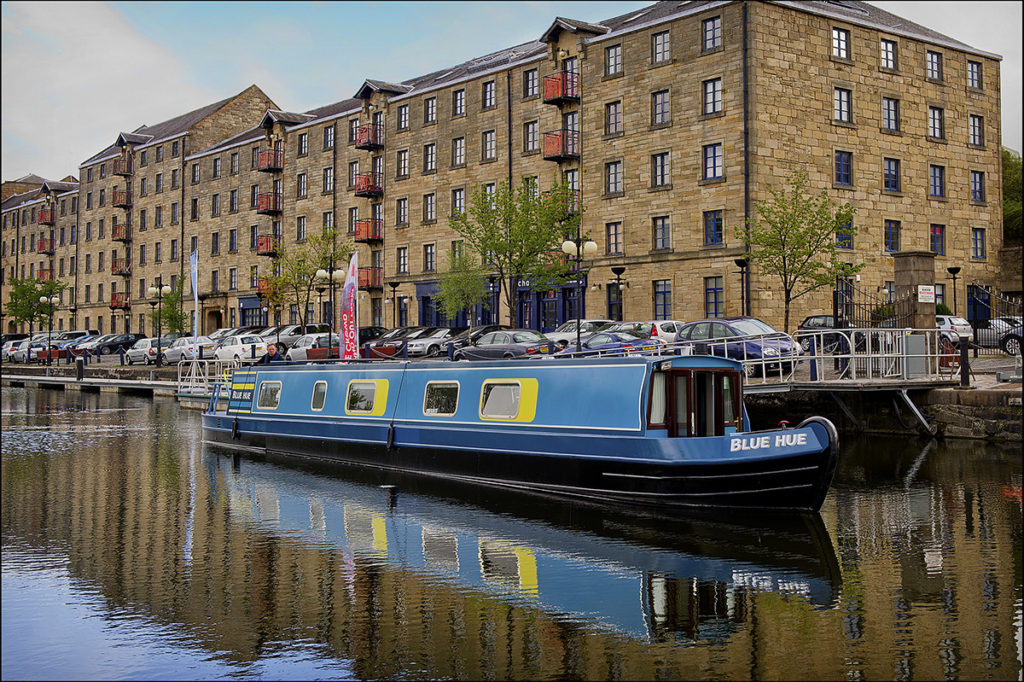
Peter Sandground
The Canal Co-op strives to deliver projects which support creative and social regeneration through: the delivery of vibrant events such as the Canal Festival; by enhancing the visibility of the canal as an asset and creative cluster; improving the visual canal-side in order to support its development; and raising the profile of the canal to connect with existing and new audiences.
